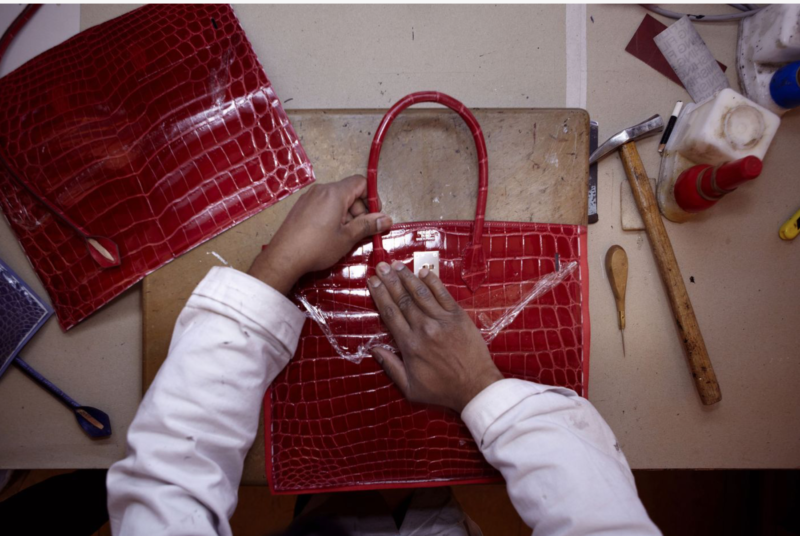At Lambert + Associates, we support designers who prioritize creativity and quality. We encourage buyers to invest in brands and designers who bring real value to their clients. Luxury brands have come under growing scrutiny for cutting corners and sacrificing quality while simultaneously raising prices. As a result, consumers are becoming more hesitant to invest in high-end items, fueling a rise in dupes that sometimes surpass the original and sometimes fall short. This shift contributes to a broader decline of true craftsmanship—something both brands and consumers are responsible for preserving. That is why supporting authentic designers who are genuinely dedicated to the craft of luxury is essential for the future of fashion.
Luxury’s Pricing & Quality Problem
Luxury brands cultivate an image of exclusivity, presenting their products as meticulously crafted masterpieces made by skilled artisans in prestigious ateliers. However, for many brands, this portrayal is far from reality. Instead, they often rely on their reputation, one that fuels their pricing and perception of “brand worth” to justify the prices they charge. Despite their carefully curated marketing narratives, luxury labels now rely heavily on mass production, churning out millions of units each year.
In an industry where production costs are critical, luxury brands have increasingly turned to complex networks of subcontractors to cut expenses. This approach raises serious ethical concerns, including potential links to exploitative labor practices.
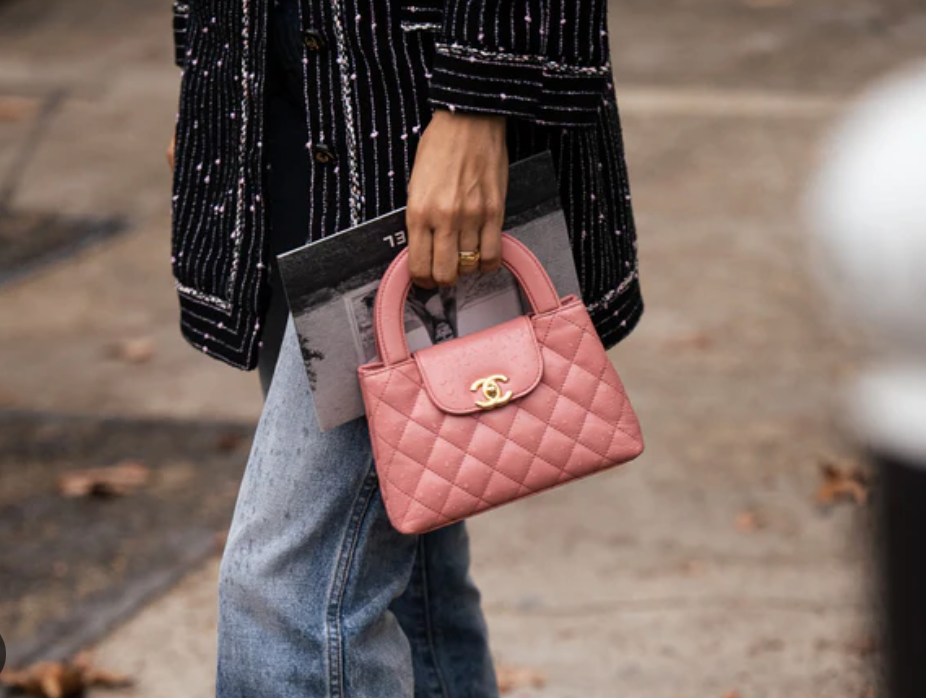
In addition, the pandemic exposed an unsettling reality: while the world grappled with uncertainty, many high-end brands saw their revenues soar. But this wasn’t due to revolutionary design or superior craftsmanship—it was fueled by aggressive price hikes that far outpaced inflation. Luxury goods became even more exclusive, not because they had become inherently better, but because brands capitalized on scarcity, rising production costs, and a consumer base willing to spend amid economic upheaval.
However, this surge in profitability came at an ethical cost, as millions struggled with financial instability. The question of fairness—of whether luxury brands were enriching themselves at the expense of a world in crisis, became impossible to ignore.
Now, in the post-pandemic era, spending patterns are shifting. Consumers, more conscious and value-driven than before, are scrutinizing price tags with a new lens. The luxury industry faces a pressing challenge; how to justify its worth beyond mere branding. To remain competitive, brands must address three key areas:
Pricing: Steep price increases have placed many luxury products out of reach for middle-class and upper-middle-class consumers, particularly in key categories like handbags, where it is now nearly impossible to find a regular-sized piece from a top brand for under $3,000. While mega-brands cushion this with lower-cost categories such as beauty, footwear, and eyewear, maintaining accessibility for core products is crucial. In a slowing market, failing to offer reasonably priced entry-level pieces could alienate a significant segment of consumers, impacting long-term demand.
Creativity: The surge of demand in post-pandemic allowed brands to rely on existing strategies without much innovation. But as the market normalizes, creativity must take center stage. Consumers need compelling reasons to invest in luxury beyond just branding, and we are already witnessing a major reshuffling among designers as brands attempt to reignite excitement and distinctiveness.
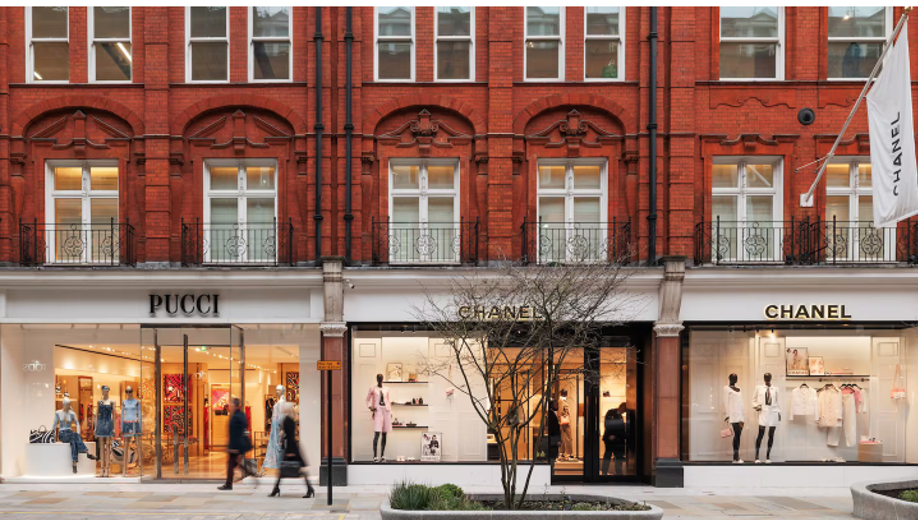
Quality: Reinvesting in true craftsmanship presents a challenge for luxury houses that have grown accustomed to high-profit margins driven by price hikes rather than product innovation. Once a brand has conditioned consumers to accept inflated prices without a corresponding increase in quality, reverting to genuine artisanal excellence isn’t just a matter of choice—it’s a costly and complex shift. Many luxury brands have streamlined production for efficiency, outsourced key components, or diluted traditional craftsmanship in favor of mass-production techniques. Rebuilding that expertise requires significant investment in skilled labor, premium raw materials, and slower, more meticulous production cycles—steps that could temporarily shrink profit margins.
However, some brands have remained steadfast in their commitment to craftsmanship, proving that it’s possible to uphold heritage and justify premium pricing. Hermès, for example, continues to produce its leather goods in France, relying on highly trained artisans rather than industrial-scale manufacturing. The brand prioritizes vertical integration, working directly with suppliers to ensure control over every stage of production. This commitment not only reinforces its reputation but also safeguards the long-term value of its products, making them true investments rather than mere status symbols.
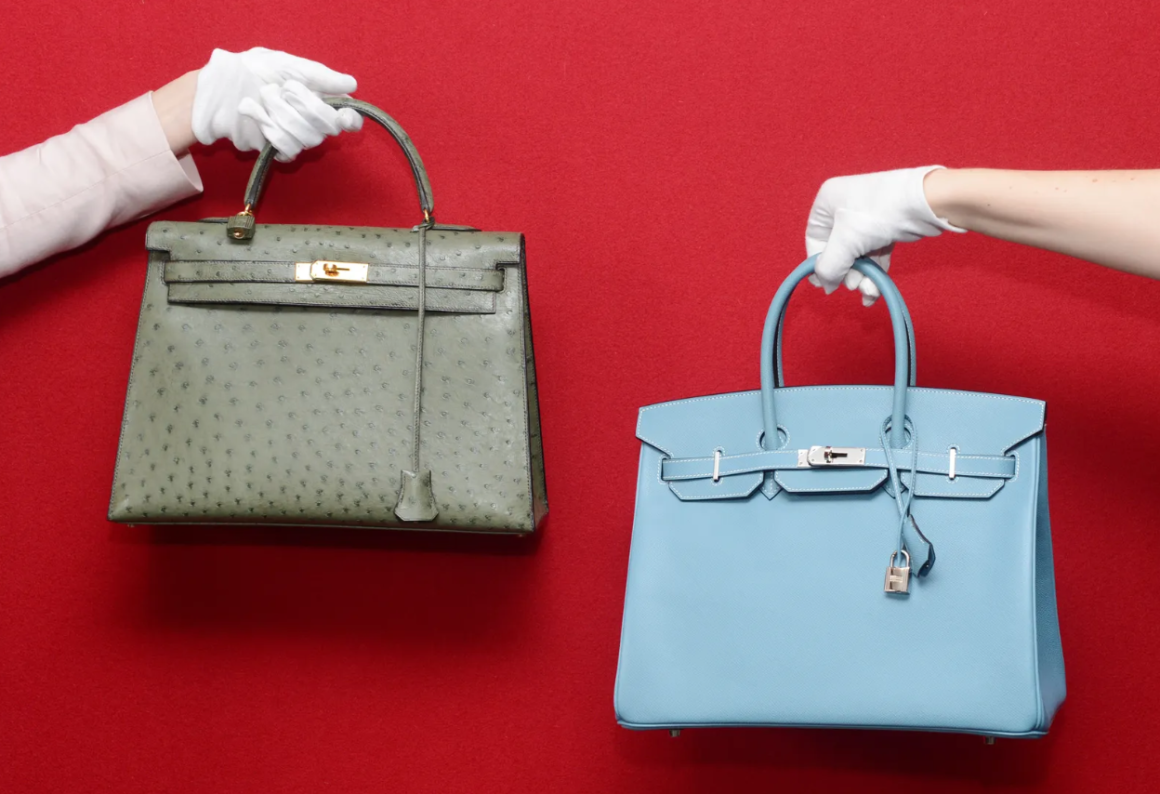
Italian factories have long been considered the heart of luxury production for almost all high-end and luxury house brands. However, many of these same factories are shutting down as brands increasingly move manufacturing to lower-cost countries to raise their bottom line. This shift not only threatens heritage techniques but also raises serious concerns about labor ethics and environmental impact. At the same time, consumers, more vocal than ever on social media, are calling out the decline in quality and authenticity of luxury goods. The consequences of prioritizing profits over craftsmanship are becoming impossible to ignore.
As a result, many shoppers are turning to more affordable alternatives, often in the form of dupes—products that mimic the aesthetic of luxury items without the exorbitant price tag. This shift signals a growing disillusionment with the industry’s current trajectory. If luxury brands wish to maintain their prestige and consumer trust, they must recalibrate—aligning price with genuine quality, creativity, and ethical responsibility.
The Rise of Dupes and the Fall of Creativity
Fashion is constantly evolving, but a troubling trend has emerged: the rise of dupe culture. Once a niche practice among budget-conscious shoppers, dupes (short for duplicates) have now become a mainstream phenomenon, fueled by social media and e-commerce. These look-alike products closely mimic high-end designs without violating intellectual property laws, making them widely accessible and appealing to cost-conscious consumers.
While dupes make fashion more affordable, their prevalence discourages brands from investing in originality. Innovation drives the industry forward, but the rapid replication of designs stifles creativity. When unique pieces are quickly copied and mass-produced, brands hesitate to allocate resources to research, development, and craftsmanship, fearing that their work will be imitated before they can fully capitalize on it.
The rise of dupes and fast fashion—cheap imitations of luxury goods—has particularly resonated with younger generations. What was once considered ethically questionable is now widely accepted due to affordability. Fast fashion and dupes have democratized style, making trends more accessible. However, this shift comes at a cost—designers struggle to protect their work as fast fashion brands blatantly replicate their designs. This creates a challenging landscape for luxury brands, forcing them to compete with the rapid production cycles and low prices that define the fast fashion industry.

Both fast fashion and dupes rely on mass production, prioritizing speed over durability. As trends change at an unprecedented pace, these industries fuel overconsumption, leading to excessive textile waste and significant environmental harm. The disposable nature of these products further undermines sustainability efforts, as cheaply made garments are often discarded after just a few wears.
While dupes offer affordability, consumers must recognize the ethical and environmental impact of their choices. Supporting independent and emerging designers is crucial, as the widespread acceptance of dupes threatens creativity and artistic integrity in fashion. A shift in consumer mindset is necessary—although designer pieces come at a higher cost, their superior craftsmanship ensures greater longevity and value over time.
Social media can also play a pivotal role in changing the narrative. Influencers and content creators must acknowledge their responsibility in shaping consumer habits by promoting transparency and advocating for independent brands. Additionally, while the fast-paced nature of fashion makes securing patents difficult, stronger copyright and trademark protections should be enforced to safeguard designers against exploitation.
Ultimately, fashion must balance accessibility with authenticity. By making informed choices and supporting genuine craftsmanship, consumers can help preserve creativity and ensure a more ethical, sustainable future for the industry.
Section 3: Who Is Still Doing It Right?
Fashion schools primarily focus on fostering creative design rather than developing highly skilled artisans. While students learn pattern cutting and garment construction, specialized expertise particularly in leather goods and accessories is often absent from the curriculum. As a result, the technical mastery required for true craftsmanship is fading.
With traditional high-level skills disappearing across parts of Europe and older artisans retiring without passing down their knowledge, the urgency to preserve craftsmanship has never been greater. Many young professionals today are less inclined toward hands-on trades, leading to a decline in industries such as tailoring and leatherwork. Since each luxury brand relies on specific production methods, these specialized skills can only be transferred through dedicated training. Without enough apprentices, a generational gap is forming, threatening the future of these crafts.
In response, luxury brands are stepping in to fill the void by investing in specialized training programs:
-Berluti established its Ferrara school to safeguard the brand’s unique shoe patina technique.
-Kiton launched an academy in 2000 dedicated to preserving Neapolitan tailoring.

Preserving tradition is essential, and schools must take a more active role in teaching craftsmanship to younger generations. However, while many luxury brands have shifted toward mass production, some independent labels remain steadfast in their commitment to artistry and innovation. These brands honor time-honored techniques while reinterpreting them for the modern era, proving that quality and creativity can thrive together.
BODE, an American luxury label, draws inspiration from personal narratives and historical techniques. By incorporating quilting, mending, and appliqué into modern workwear silhouettes, the brand creates unique, story-driven pieces with a custom-made touch.
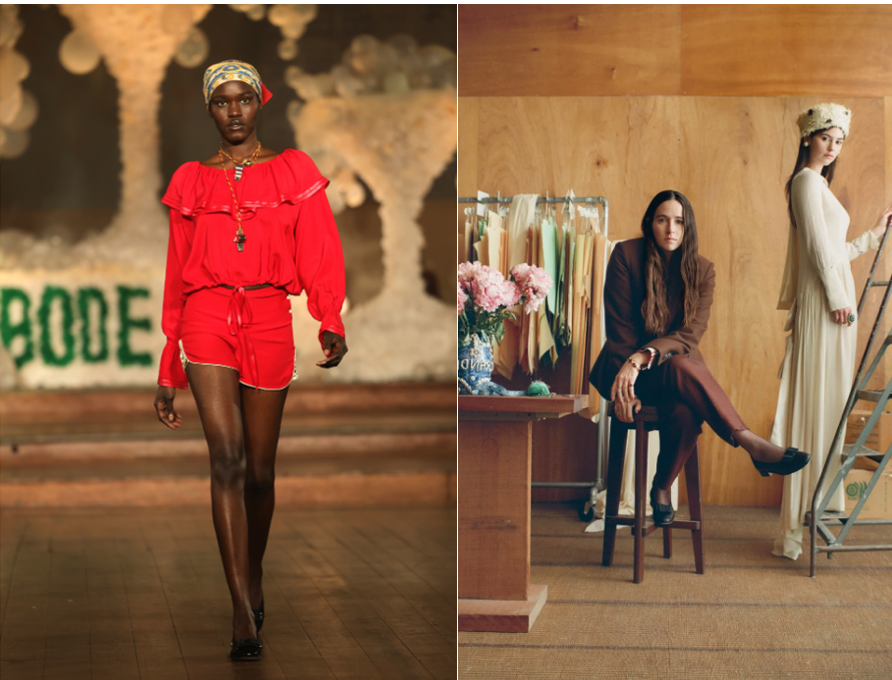
Issey Miyake, the renowned Japanese designer, sought to revive traditional dyeing and embroidery techniques, such as sashiko and leg-guard gaiters, by adapting them to contemporary needs. His innovative approach blended modern technology with heritage craftsmanship, earning global acclaim.
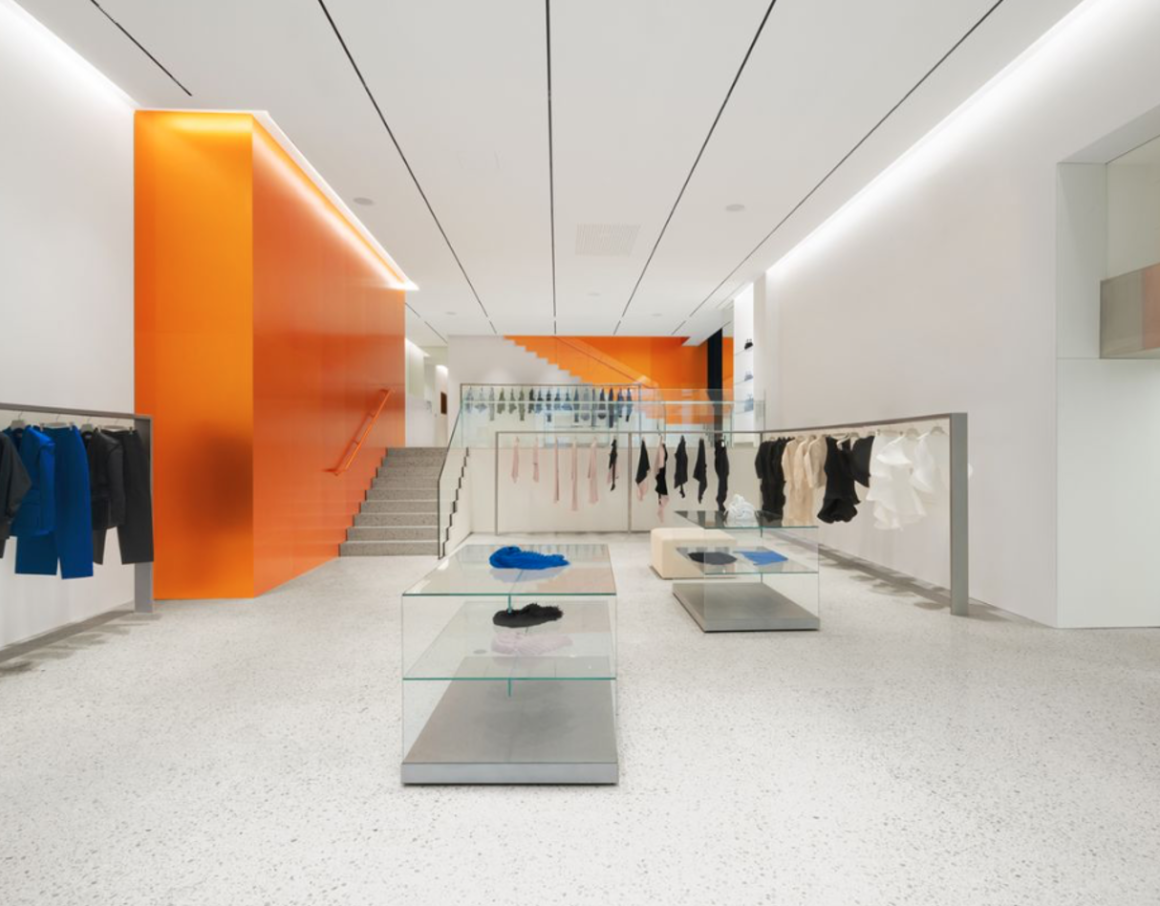
LEMAIRE, a Parisian brand, emphasizes sophistication and elegance. Designed in the historic Le Marais district, its collections are developed in collaboration with artisans, merging traditional craftsmanship with contemporary design.
Supporting independent brands that prioritize ethical production and artistry is key to safeguarding fashion’s legacy. By championing these designers, we can help ensure that true craftsmanship endures for generations to come.
The Path Forward
In an era where craftsmanship is increasingly endangered by mass production, rising prices, and the prevalence of dupes, it’s crucial that we shift our focus back to quality, tradition, and creativity. While fast fashion prioritizes speed over durability and luxury prioritizes profit over craftsmanship, these two extremes have paradoxically started to converge—each undermining quality in its own way. One floods the market with disposable trends, the other inflates prices without necessarily delivering true artistry. Both contribute to a culture where genuine craftsmanship becomes secondary to commercial strategy.
Luxury brands now face a critical choice: continue down a path where price takes precedence over product, or reinvest in the artisanship that once set them apart. To justify their prestige, they must reconcile their pricing strategies with tangible quality, ensuring that the legacy of true craftsmanship is preserved for future generations. Consumers, too, play a pivotal role in this transformation. By supporting authentic designers and ethical production practices, they can help shift the industry’s focus back to creativity, skill, and sustainability. It’s time to embrace the value of craftsmanship—not just for its beauty and tradition, but for the lasting impact it has on fashion, culture, and the world at large.


